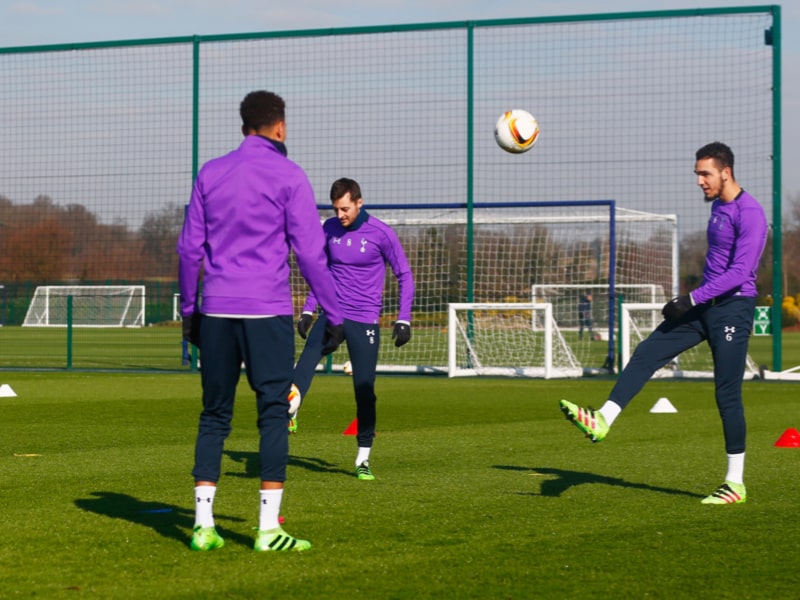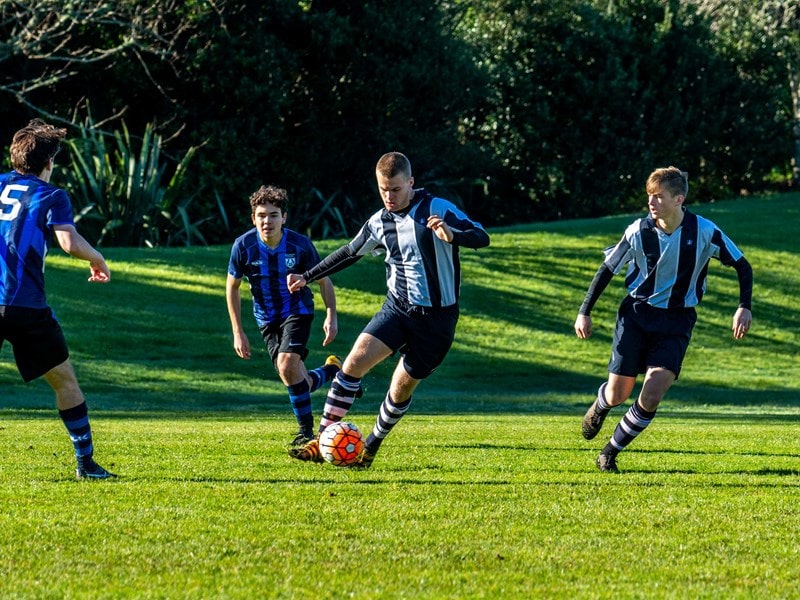Soccer fitness training should be like

Football is one of the most popular sports worldwide. But do you know what football training should be like?
Football fitness training for elite athletes
We have already said that it is difficult to find a corner of the Earth where this sport is not known. However, not everyone knows how professional footballers prepare to endure such long seasons with such high performance. First of all, in this sport, perceptive-motor skills are essential. In addition, you need to know what, when and how to use your technical skills to score a goal and avoid conceding it.
However, in the elite, it is not just about being a very technical player. You must also have a physical preparation that will help you maintain that performance throughout the season. Find out why a sporting challenge will strengthen your motivation.
The importance of physical preparation in football
It is clear that there are people who are born with innate talent that makes them more likely to succeed in the sport. But let’s not fool ourselves, without good physical preparation, even the most talented players would not be able to endure an entire season at a good level.
Well-planned football fitness training has the following benefits:
- Exploiting the physical, technical and tactical virtues of each player
- Reaching an optimal state of form in all phases of the competition.
- Reveal the strengths and weaknesses of each player. This allows you to create strategies to compensate for individual weaknesses.
Without forgetting, of course, talent and work, the keys to success in any sport discipline.
How do you do good physical football training?
From a physical point of view, we see that most of the effective playing time is done without the ball on the feet, making constant changes in speed and/or direction. Therefore, players need to have their anaerobic capacity well trained. That is, the explosiveness, strength and ability to repeat sprints at maximum speed.
On the other hand, we find a context in which there are approximately 1000-1500 movement changes per match/player, with a frequency of occurrence every 3.5 seconds. In addition, each change of direction subjects the human body and its structures to a load 5 times its weight, and each reception after a jump raises this load to 10 . So, how can we not consider including a strength training phase?
Planning a physical football training
We have already mentioned that the sports season is very long and there must be proper planning. In this way, the fatigue generated by some training sessions will not negatively affect the performance in the competition.

How do you do good physical football training?
From a physical point of view, we see that most of the effective playing time is done without the ball on the feet, making constant changes in speed and/or direction. Therefore, players need to have their anaerobic capacity well trained. That is, the explosiveness, strength and ability to repeat sprints at maximum speed.
Although fitness has a major influence on performance, we cannot forget that football is all about the ball. Therefore, we cannot forget this aspect at any stage of the competition.
Planning physical football training: the pre-season
Taking into account the periodization, the preseason is the period furthest from the competition and therefore the moment of greatest physical demand. After the preseason, a team that plays all the competitions, like Real Madrid or Barcelona, do not have enough time to improve their physical capacities. Therefore, the preseason is the most important period in terms of physical football training.
Planning a physical football training: the season
Continuing with our analysis, during a season we train the physical form in the following way:
- Cumulative preparatory period
- Preparatory period of transformation
This is just a very brief example of what physical football training is like at a professional level. In fact, if we go into more detail it would take a long time to explain and understand.
Beyond football fitness training
But it’s not all there. To achieve maximum performance in football, it’s very important to educate the player from an early age about the importance of physical preparation. In addition to valuing the work of the coach and the technical staff.
In fact, it encompasses many performance-enhancing actions:
- Personal hygiene
- Shower after every workout.
- Take the appropriate equipment to the field (external temperature, environmental humidity…).
- Keep sports shoes in good condition.
- Psychological preparation.
- Control anxiety before a competition.
- Maintain attention and concentration to the maximum in each training and competition.
Recovery
- The body is only able to assimilate the adaptations if we provide it with adequate rest.
- Fatigue can build up and lead to overtraining and reduced performance.
Physical methods
- Massages and physiotherapy treatments.
- Hydrotherapy with cold/hot contrast baths.
- Sleep is the best physiotherapist. Sleep is recommended for 7-9 hours to ensure optimal recovery.
Food
- The intake of the amount of macronutrients needed at each moment of the competition.
- Adequate hydration.
- Ergogenic aids and supplementation (antioxidants, BCAA…).
Planning a physical football training: final considerations
Finally, we have to be clear that our body does not get better when it is on the bike, swimming in the pool or running around in the bush or the city. Our body progresses, assimilates and improves when we are not training. As we can see, physical preparation is necessary for players to be able to make the most of their abilities throughout a game, a season and even throughout their entire sporting career.





